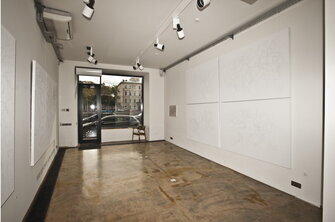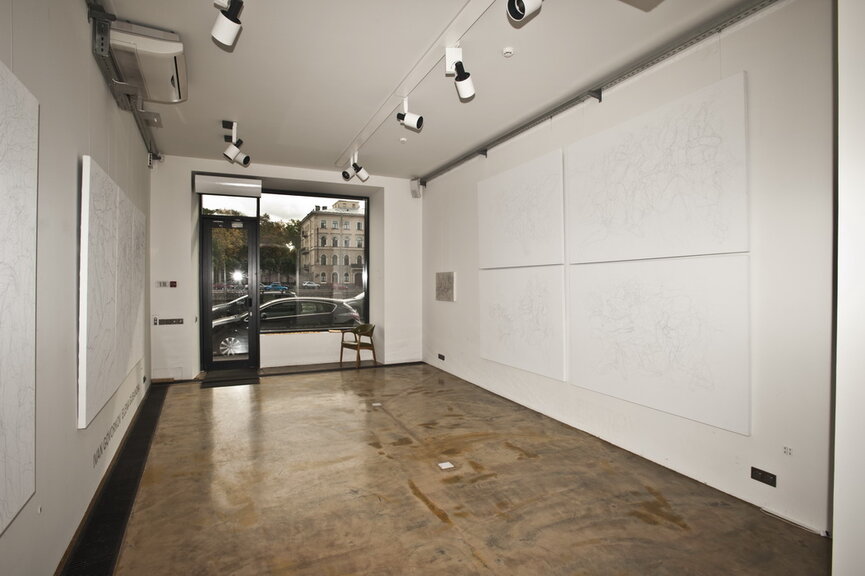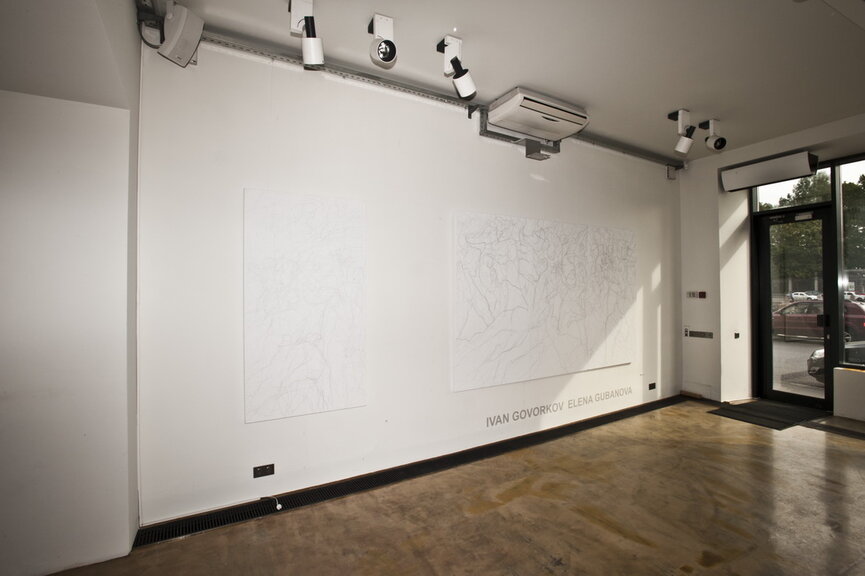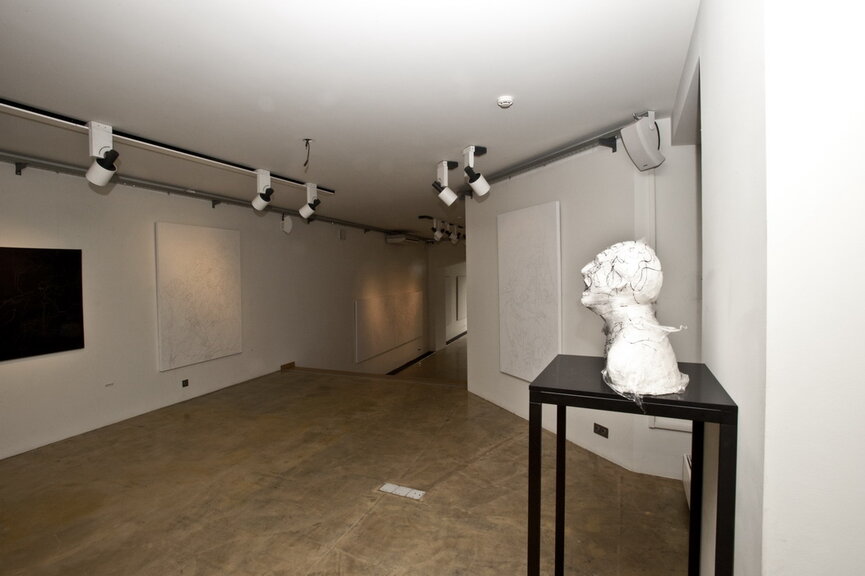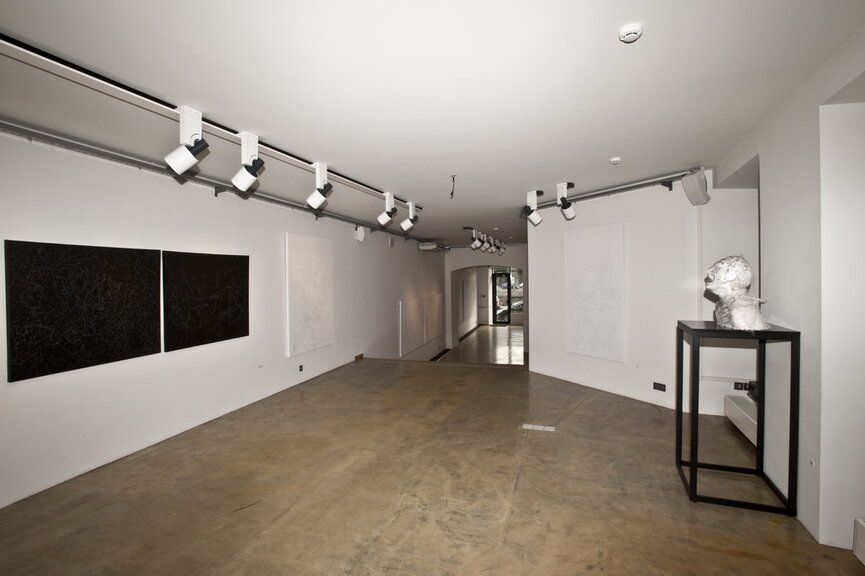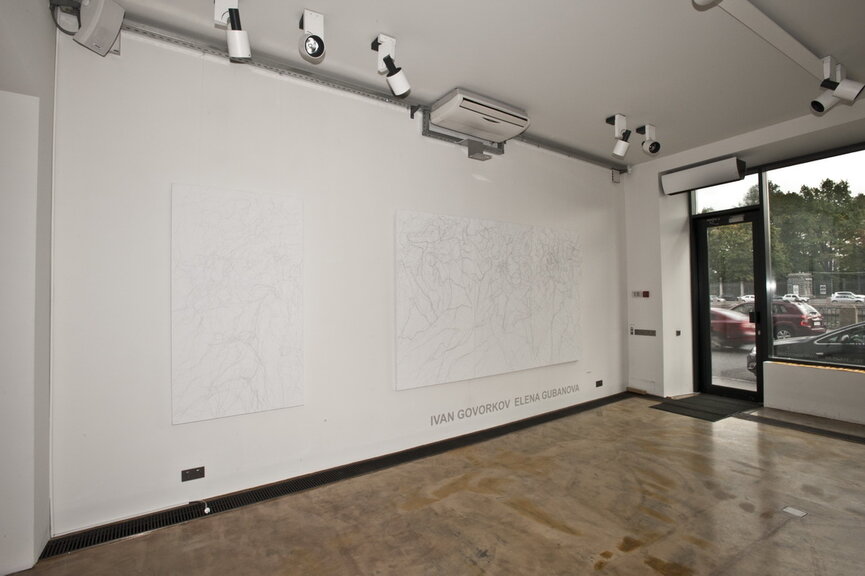Professional artists can draw the clavisternomastoid muscle with their eyes closed. Or the biceps femoris - even if you wake them up in the middle of the night. These are the skills of the trade. While someone praises their mastery, others tease them about automated technique. To some, this all sounds like a really old joke, unrelated to art or the profession of an artist.
Those who “do” modern art today might not even suspect of the existence of the clavisternomastoid muscle. To do art, a traditional artistic education is only a hindrance. A modern artist does not need to get into the Art Academy, study anatomy, or be able to draw a collarbone or a glass. The main part of his job is not to confuse Rancière with Derrida and to have curatorial savvy. It used to be that an artist drew a rabbit, and half the city ran to see it. Now fine arts connoisseurs are more accustomed to social activism or multimedia interactive installations. However, all this does not mean that new art replaces traditional fine art on the agenda. On the contrary, the demand for traditional art only grows.
The pencil drawings on primed canvas that are on display at the Marina Gisich Gallery are works of art in the standard sense: an artistic space that materializes the substance of personal experience and social life. Nowadays, a picture is usually created by a combination of visual images. Reality appears sharper in photo prints on aluminum, full-color video projected on a black-and-white shot, or painting over a photograph or drawing stretched on a frame. Reality is found in the collision or mix of artistic languages and techniques, the disruption of visual habits, and the suspension of optics.
The pencil on the canvas confuses us, likening the picture to several things at once; this is not a sketch before us, or a painting, or the documentation of a performance. Upon discovering an image somewhere between graphic art, easel painting, and an act in the spirit of abstract expressionism or late surrealism, we find the picture draws us in with its intricate dance of lines. Following its movement, we escort the picture together with the artist.
These graphical improvisations speak of both confidence and doubt at the same time. For an artist with academic training, they are a natural way of life. Ponderous, coarse, and mature drawing; reckless, light, and carefree drawing; pointless and relentless drawing; drawing always, and drawing everywhere – it is difficult to imagine a more convincing and self-sufficient artistic project than to spend a long time living through art. Meanwhile, this pleasure and this freedom contain a share of habit, skill, and predictability. Is there anything that can provide more pleasure? Can a new limit be discovered, when the virtuoso gets bored by perfectionism? Can a roll of the dice abolish the programmability of the trade?
As it turns out, when set free from control, blindly making a line without any sort of preliminary plan, the artist does not reach freedom, but finds out how false it is. He catches his hand, after letting it take a sweeping stroll across the page, turning out a sloping buttock or a musculus cucullaris all on its own. The automatic writing of the surrealists, le geste gratuit of the Dadaists and the spontaneous artistic techniques invented under their influence have all today become only constructs, games played by sophisticated rules. There is no freedom of art, but there is freedom to be artists who live their own lives.
Stanislav Savitskiy
